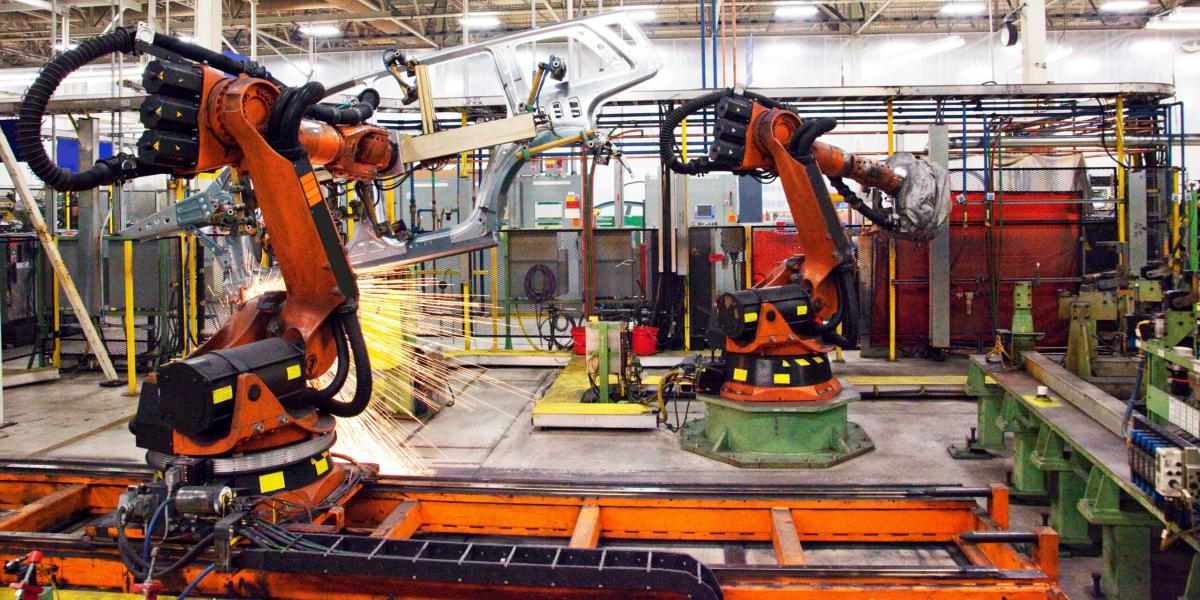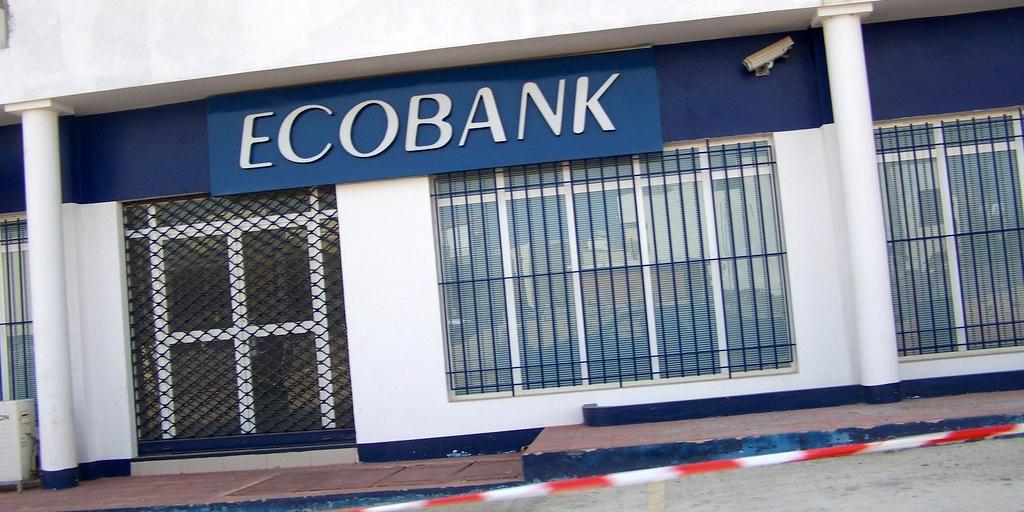South Africa : A brief history of oil and wartime
- 16 March 2022 / News / 493 / Fares RAHAHLIA

War and oil have a long, bloody and tangled history. Wars have been fought over oil, and wars in turn have disrupted oil flows.
Much of the world’s oil is found in politically unstable regions, but the presence of oil can also serve to destabilise. Economists speak of the “resource curse” for a reason, says Old Mutual Wealth Investment strategist, Izak Odendaal.
The world is facing another war-induced oil shock. Like the 1973 Yom Kippur war, the 1979 Iranian Revolution and the 1990 Iraqi invasion of Kuwait, oil markets have responded with extreme prices moves. However, as with any historical parallel, the details matter greatly, Odendaal said in an investment note on Monday (14 March).
Rather than Russia cutting off the flow of oil and gas, we have the US and UK refusing to buy oil from Russia, while European countries promise to wean themselves off Russian fossil fuels. Private players in the oil market have also ‘self-sanctioned’, refusing to buy Russian oil even when still legally allowed to do so.
Prices have shot up as everyone wonders where the alternative sources will be found. And amid the uncertainty, equity prices have gone the other way. Since the start of the year, the MSCI All Country World Index has lost 12% in dollar terms.
It must be noted that not all oil shocks are due to war.
By mid-2008, a combination of strong demand growth from China and a pervasive “peak oil” narrative (i.e. that the world was running out of oil) drove prices to a record $150 per barrel and played no small part in the devastating recession that was to follow. When adjusted for inflation, prices today are still about 25% lower than that peak.
Stagflation
The big fear now, however, is a return to the “stagflation” of the 1970s – the combination of high inflation and economic stagnation.
There are similarities with the 1970s, notably high levels of fiscal spending going into the crisis as the US was fighting the Vietnam War while the Federal Reserve waited too long to respond to inflation in part due to political pressure from President Nixon.
And then came the 1973 oil embargo, when OPEC nations refused to sell oil to the US, UK and other targeted economies (including South Africa and then Rhodesia).
The embargo would eventually take as much as a quarter of global oil production off the market. Today Russia supplies about 10% of the world market, and even in an extreme sanction/embargo scenario, some Russian oil would still flow to friendly countries such as China.
Therefore, the extent of the shock is likely to be much smaller, and shorter-lived since Russian production can be replaced over time (after all, OPEC still maintains artificial output limits).
The other key difference between the 1973 oil shock and today is simply that the world is a lot less dependent on oil today. Columbia University’s Centre for Global Energy Research estimates that every $1000 of inflation-adjusted global economic output required almost a full barrel of oil in 1970, but less than half a barrel today.
Therefore, when oil prices tripled virtually overnight in 1973 and oil became scarce (not just expensive), it gave the world economy a hammer blow.
But here is the crucial bit: instead of pulling prices down, as a recession normally does, inflation continued to accelerate. In the case of the US, CPI inflation rose from 2% at the start of 1972 to 4% at the start of 1973 to 9% a year later before peaking at 12% in January 1975.
Base effects took inflation lower in 1976 but by 1978 it was rising again. The 1979 Iran Revolution caused another oil spike and inflation shot up again. This time, it took Fed Chair Paul Volcker’s crushing interest rate hikes to cause a deep recession and finally break the back of entrenched inflation.
Hence the 1970s are remembered as miserable years for ordinary people. For investors, it was no better as bond and equity returns were terrible. It was a true low return environment.
Flexible
Another crucial factor is that economies are simply much more flexible and less regulated than in the 1970s.
Wage and prices controls were common, as were import quotas. Prices couldn’t freely adjust to shocks and this compounded problems. Moreover, because the 1973 oil shock followed three decades of low and stable prices, people didn’t know how to respond. It took time to adapt business processes and daily life to this new reality.
While no-one expected Putin’s war, oil prices north of $100 per barrel are not new. No one knows how high they can still go, since that will depend on how the war evolves. The world economy as a whole can adapt to prices at these levels, but some individual economies are more at risk than others. Most exposed are poor countries that rely on fuel and food imports.
Among the major economies, the Eurozone is facing the biggest shock. For while oil prices have risen spectacularly, they look tame compared to the roughly sixfold increase in natural gas prices over the past year. Gas accounts for about a quarter of the total energy mix in the Eurozone, most of it coming from Russia.
With very weak underlying inflation even before the pandemic inflation, it is the growth outlook not the inflation outlook that should most concern policymakers there. The fact that the European Central Bank thinks otherwise means it risks a policy error (as was the case in 2011, the last oil price spike).
China is also exposed, since it is the world’s biggest importer of energy, metals and food and its economy was already slowing due to the weakness in the property sector.
This should give the Chinese government reason to apply pressure on Russia to look for a way out. However, unlike Moscow, Beijing still has the tools to stimulate its economy and its 5.5% growth target for the year is likely to be met.
What to expect when you’re expecting inflation
Higher energy prices will raise headline inflation rates across the world. With Russia and Ukraine major exporters of grains, the same is true of food prices.
Shortages of fertilizer – Russia is also a big supplier of fertilizer inputs – could impede planting today that will only show up food prices six months to a year from now. Supply chain disruptions – already a headache prior to the invasion – will likely intensify as Russia is effectively cut out of the global economy and financial system.
But the key question is whether the initial shock will cause inflation to accelerate, and when does it erode real incomes to such an extent consumers and businesses cut spending elsewhere, and other prices face downward pressure?
Central bankers call this the second-round effect: either firms pass on input price increases to consumers, who in turn push for higher wages, or firms take a knock to their margins and individuals to their real incomes, and the inflation shock fades out of the system.
If follows, then those economies where consumer demand is strongest are more susceptible to inflation. The stronger the overall demand, the more a given business can raise prices without fearing the loss of customers. But even this is not straightforward. High levels of productivity and flexibility can counteract inflationary pressures.
Given a strong US economy, companies there seem to have pricing power. Margins are close to historic highs. This suggests inflation can remain high as input costs are passed on to a degree.
However, a combination of high prices, higher wages and security-of-supply concerns could see the current surge in capex spending continue. This is ultimately good for productivity growth. If companies can do more with less, there is less inflationary pressure.
But while the US might face more persistent inflationary measures, its stronger growth outlook also means the stagnation part of stagflation is unlikely. The Federal Reserve is therefore likely to hike rates next week, for the first time since 2018, and do so again several times during the course of the next two years.
Beyond now
Thinking longer-term, beyond the current conflict, there is also the question of whether the disinflationary pressures of demographics, technological innovation and globalisation will continue to put downward pressure on prices.
It is too soon to declare globalisation dead, though the nature of globalisation is likely to change after three big shocks in the past five years (Trump’s trade wars, Covid, Ukraine). Reshoring, resilience, and certainty of supply will be the name of the game now, as opposed to the past focus on efficiency and costs through outsourcing, offshoring and just-in-time supply.
Globalisation, particularly the explosion of the global workforce following the implosion of isolationist communism, put downward pressure on costs and wages. This is not going to repeat at the same scale.
However, the disinflationary impact of technology remains; indeed, the pandemic accelerated technological adoption as we are all aware. As for demographics, the developed world keeps getting older, and so is China.
This tends to drive up savings rates and suppress spending, keeping inflation rates in check. Japan appears to be the leading indicator here, and its inflation rate remains very low (negative, in fact, if food and fuel prices are excluded).
No rates shock likely
As for South Africa, headline inflation is therefore likely to breach the 6% upper-end of the Reserve Bank’s target with another massive petrol price hike looming in April. However, the recent comments from the Reserve Bank show them to be more cautious and less hawkish than their traditional stance.
They can’t do anything about global food or fuel prices, nor can they address Eskom’s exorbitant tariff increases (or for that matter, its unreliable supply).
Yes, commodity prices are giving the total economy a boost – the jump in our export prices more than offset the increase in oil at a macro level – but for South African consumers conditions are tough, and fuel and food prices matter more than the palladium price. For Eskom too, the cost and availability of diesel is proving to be a constraint.
This is not a booming economy with rapid credit growth, labour shortages and a risk of overheating. Steep interest rate hikes are not necessary or desirable. The SARB will keep a close eye on the US Fed’s pace of rate increases – no emerging market central bank can afford to ignore the Fed, and several have hiked aggressively in anticipation of the Fed – but can be careful and gradual in hiking.
Core inflation is still muted, which is a sign of low demand-pull inflation, while the wide gap between goods and services inflation tells a similar story.
Importantly, the rand is still resilient considering everything that is happening in the world, largely thanks to higher metals and coal prices. A sharp depreciation of the currency has historically seen the Reserve Bank react quite forcefully (though the pass-through of exchange rate weakness to domestic inflation has declined considerably over time). This time, there is no need for such urgency.
Therefore, the economy is unlikely to face an interest rate shock to compound the misery from higher fuel and food prices.
One might contrast the experience with the last time Russia caused havoc here, in 1998 when the fall-out from the Asian Financial Crisis and Russian debt default saw the local prime rate jacked up all the way to a record 25.5% and the 10-year bond yield hit 20%.
Turning points are hard to spot
Given that rate increases are still likely to be gradual and peak at a lower level than the previous cycle (when prime hit 10.5%), the sentiment-driven sell-off in local bonds seems overdone.
The fiscal picture has improved, not deteriorated in the past six months and the medium-term inflation outlook still seems benign. Therefore, South African bonds are even more attractively priced now, offering the prospect of good real returns.
We don’t know when sentiment will turn because we don’t know how or when this conflict ends. However, markets don’t turn when the all-clear signal is given in wars or peacetime. As Barton Biggs noted in his book Wealth War & Wisdom, the British market bottom in World War II after the Dunkirk debacle in 1941, still early in the war and with British morale at a low point.
As for the oil price, we can point to Iraq’s invasion of Kuwait in August 1990. The oil price doubled to $40 over the next four weeks but the peak came long before Saddam Hussein surrendered Kuwait. In fact, the biggest ever daily decline in the oil price (-30%) was the start of the US-led operation Dessert Strom in January 1991, not its end four months later.
Markets aim to price in the future, not the present. But when the collective wisdom of the market settles on a view of tomorrow it is as unpredictable as tomorrow itself.
For ordinary investors, the only way to benefit from upside is to remain invested in accordance with your investment strategy.
source: businesstech
 English
English
 français
français
 العربية
العربية







